Normalized Noise Tests
For these tests, I set the fan to speeds with noise output at the following predefined levels: 20/25/30/35/40/45 dBA. I skip the corresponding tests if the fan under the test cannot reach some noise levels. The speeds shown in the graph below are measured with the fan in a clear space inside my hemi-anechoic chamber without any obstacles. I set these speeds on the Longwin machine, but they slightly change because of the variable conditions that the device applies.
Lately, we discovered a peculiarity of the Longwin apparatus, so we are re-testing every fan we have, and we will continue to double-check all results because it seems the Longwin’s fan controller doesn’t “like” speed control for these tests, but it works better with PWM control. This is why you will find differences with results listed in previous reviews; we constantly update the noise-normalized tests to make them as accurate as possible!
20 dBA Noise Output
This fan has a double ball bearing, which typically is noisier than sleeve/FDB/HDB/Rifle bearings, but as you can see, the fan has the highest speed at 20 dBA normalized noise, meaning that its design is highly noise optimized. The airflow is decent, and the static pressure reading is pretty high, losing only to the (way) more expensive Phanteks fan.
25 dBA Noise Output
Again, top speed, high airflow, and very high static pressure.
30 dBA Noise Output
Top speed, decent airflow, and high enough static pressure. In this noise level, the P12 Max dropped to third place from second place in static airflow.
35 dBA Noise Output
The same scenario, top speed, high enough airflow, and high static pressure. Nonetheless, the performance gap with the Phanteks T30-120 got larger.
40 dBA Noise Output
I am getting tired, but I will write it again: the fan’s speed is high! The airflow is also pretty high, and the same goes for airflow, which is very close to Phantek’s fan top performance! All these are at almost one-third of the price! The only problem is that power consumption is also increased.

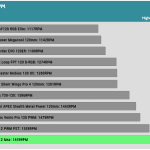


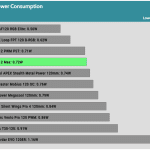
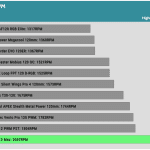
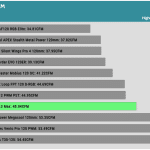
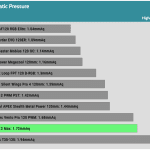
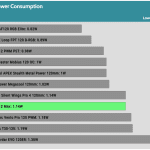

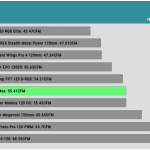



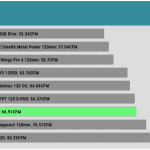
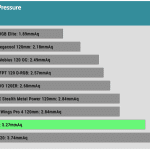

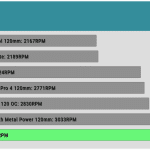
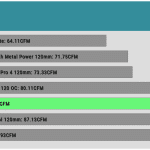
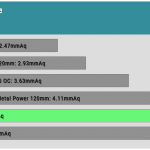
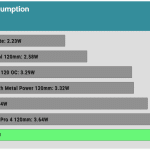
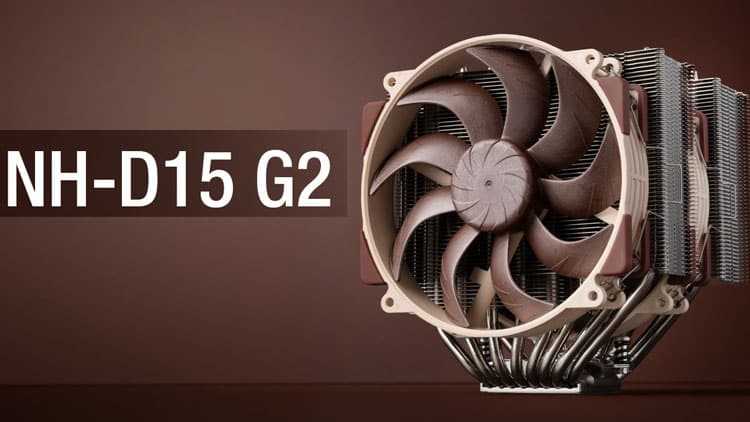
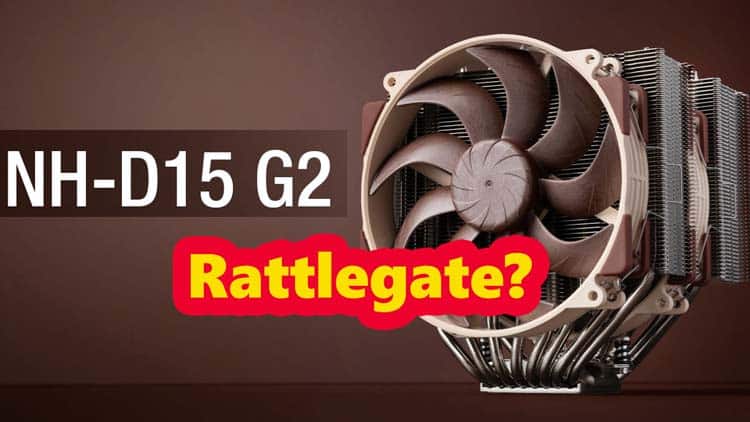
Thanks, I am appreciating it.
one note: „my internal DB-meter, which is located in/on my head“ …was kind of a joke … I meant my brain/ears :-D, and I noted the sound only from your and other recordings. I have no PC fan with dual-ball bearings (my PC fan portfolio consist of FDB/HDB … P12, TF 12 PRO, NF-A14 and Zephyr 50)
(there was no Replay button, hence the new thread … this message can be deleted)
Your ears, if they work well 😀 are the best db meter since they can go down to 0 dBA!!!
Great review! Did you mean to say ”superior” here?:
”It uses a double-ball bearing, which is inferior to FDB and HDB at high operating temperatures but is typically noisier.”
Thank you! Fixed!
Well, one note to this theme, it depends on the color.
The black one has dual-ball (double-ball) and the white one has FDB.
https://www.arctic.de/en/P12-Max/ACFAN00293A
https://www.arctic.de/en/P12-Max/ACFAN00280A
https://www.hwcooling.net/en/return-to-fdb-the-main-new-feature-of-the-arctic-p12-max-white/
It would be nice to compare them.
Noted! I don’t have the FDB P12 Max, but I can ask to send them.
I actually have it, just checked the samples they sent me. Same RPM, noise looks similar, so I don’t expect any tremendous differences in performance.
I can’t help myself, but my internal DB-meter, which is located in/on my head can clearly hears sound of the dual-ball bearings (I believe it’s somewhere around 4.5 to 5 kHz) in your recordings even/or especially on low RPM levels (10% and 25%) or here:
https://www.youtube.com/watch?v=KQDJBl32QZ0 or here:
https://www.youtube.com/watch?v=l33V4mTN2BI (similar to TL-B12 Extreme)
And Arctic lists the exact same characteristics for 2 products with different bearings, which is strange. It would be easiest for the producent to use a cheaper type of bearings if that was the case.
…
But I understand your point.
Having a DB meter so close to the fan means that you get part of the airflow’s friction into account. This is why there is a specific quideline available on how you measure IT equipment.
I comment the YT vids you mention.
The same looks strange to me, too. Exactly the same performance etc, although different bearings.
This is what I will do next, I will take another Black P12 Max (DBB) and compare it with a White P12 Max (FDB). Because also from fan to fan sample there can be notable variations.
All P12 Max fans from ARCTIC are now equipped with fluid dynamic bearing. Some resellers may still be selling old inventory so best to double check if you have dual ball bearing.
about daisy chain options. This is what they say about this on their subreddit:
“We decided against the PST function for this fan due to the higher current.
Each fan is taking around 0,3A.
Most Motherboard-headers offer 1A. If you combine these fans with a Liquid Freezer you’re hitting the 1A pretty fast.
Alternatively, we recommend our 4-pin PWM Fan Splitter Cable or the Case Fan Hub.”
https://www.reddit.com/r/arcticcooling/comments/18su13k/comment/kg98nd4/?utm_source=share&utm_medium=web2x&context=3
The Super MegaCool requires even more current but it has a daisy-chain option thanks to a special adapter it has, to draw power from a SATA connector, so everything is possible 🙂
yes, i know it and completely agree. But tell this to Arctic please 🙂
For the readers, i had Arctic 4× P12 Max and replaced them all with thermaltake toughfan 12 pro (45€ for 2×120mm and they exist in 140mm too). The build quality is really good and i would say same motor noise as noctua. Arctic it was an unpleasant experience ! Check the Nomalized Noise Tests on the recent 29/12/2023 Noctua NF-A12x25 PWM, the toughfan 12 pro are in the charts. Btw i’m curious, you include the 3×Phanteks T30 at 90€ why not the rest of your data ? I prefer to have the big list to peruse.
Anyway thanks for the excellent review like always. It is a good budget fan.
Hi, did you replace the P12 Max? For the Phanteks, I have the full review in the link, and they are included in the charts. I am curious, though, to hear what were the problems you had with the P12 Max.